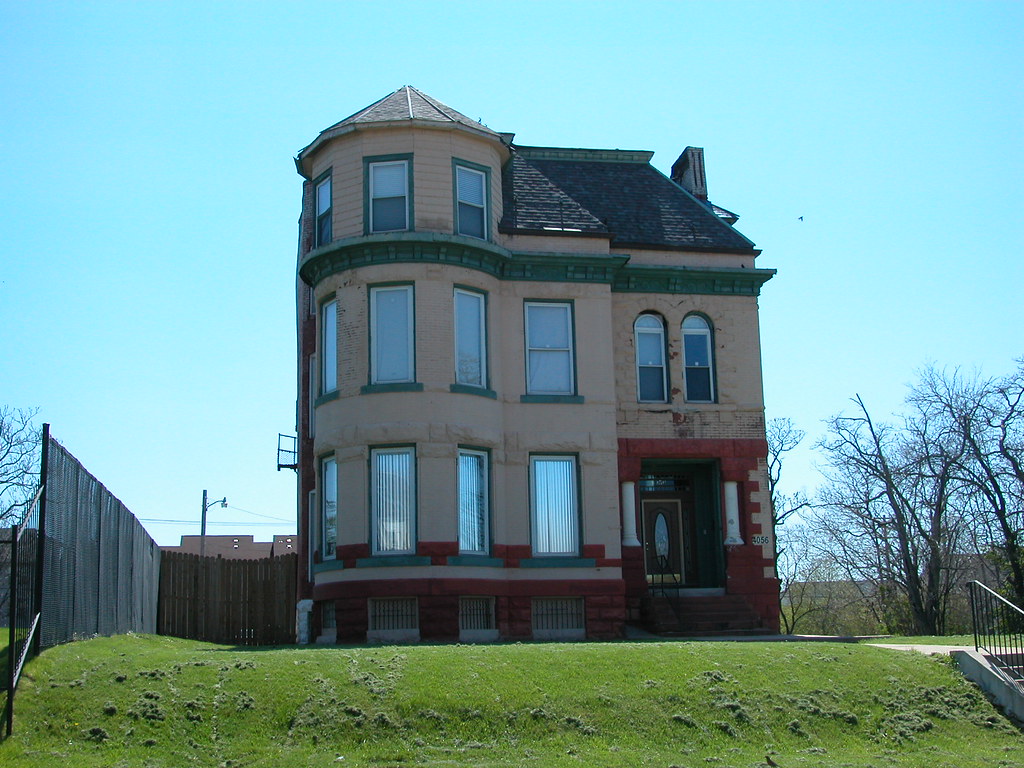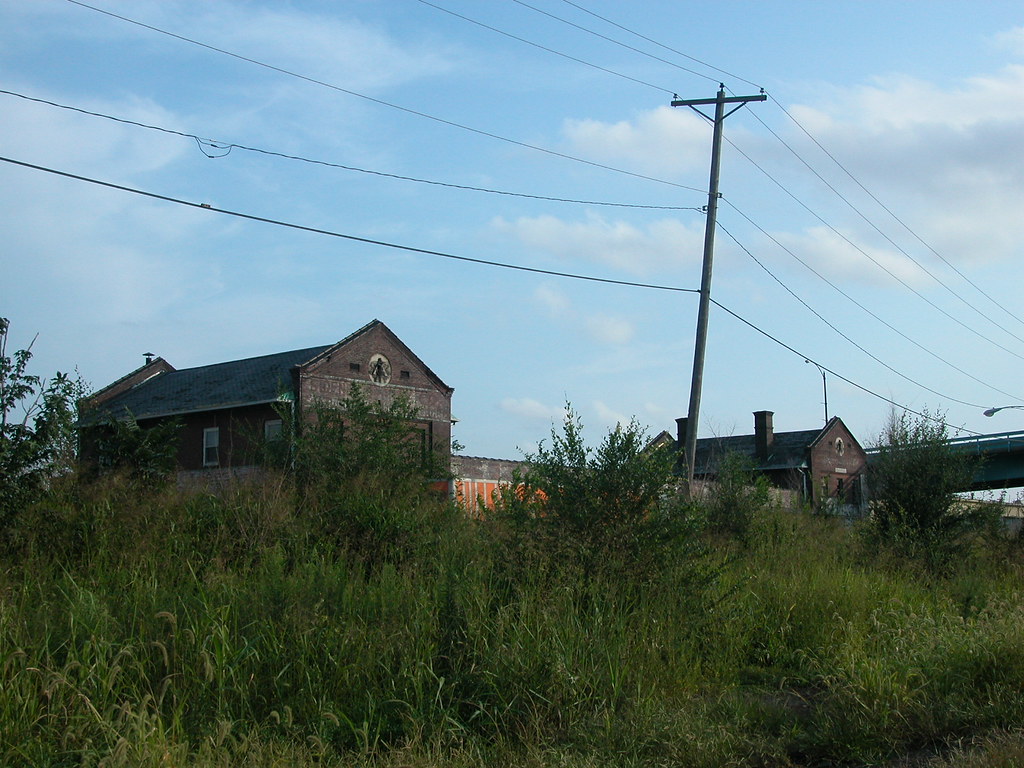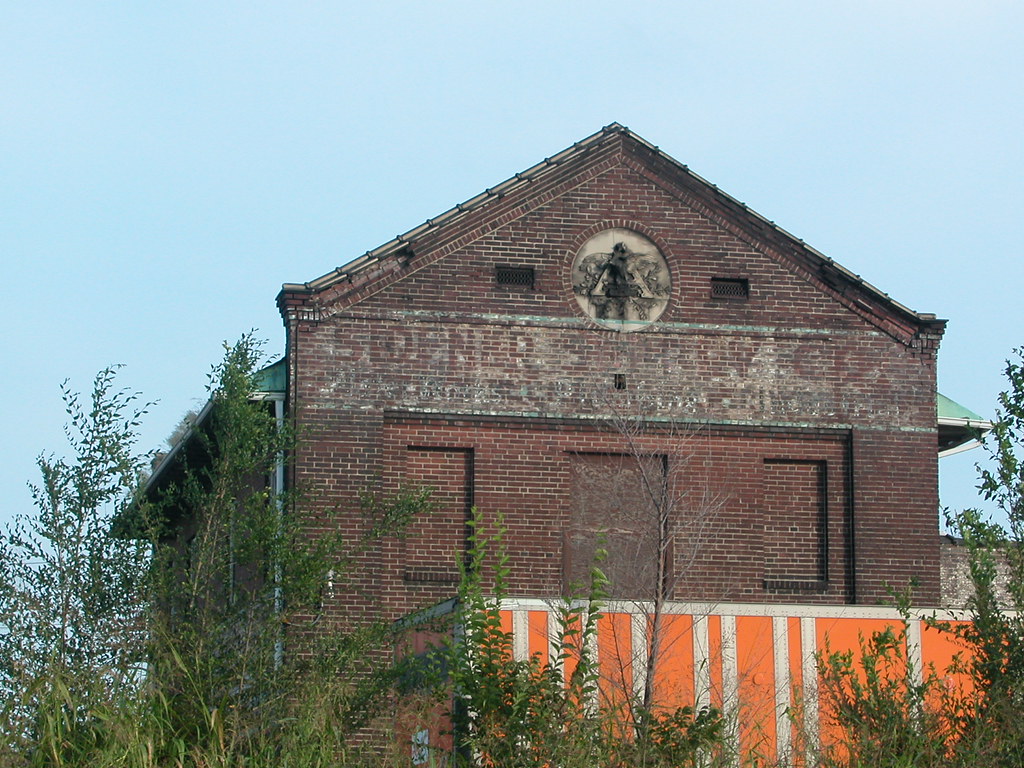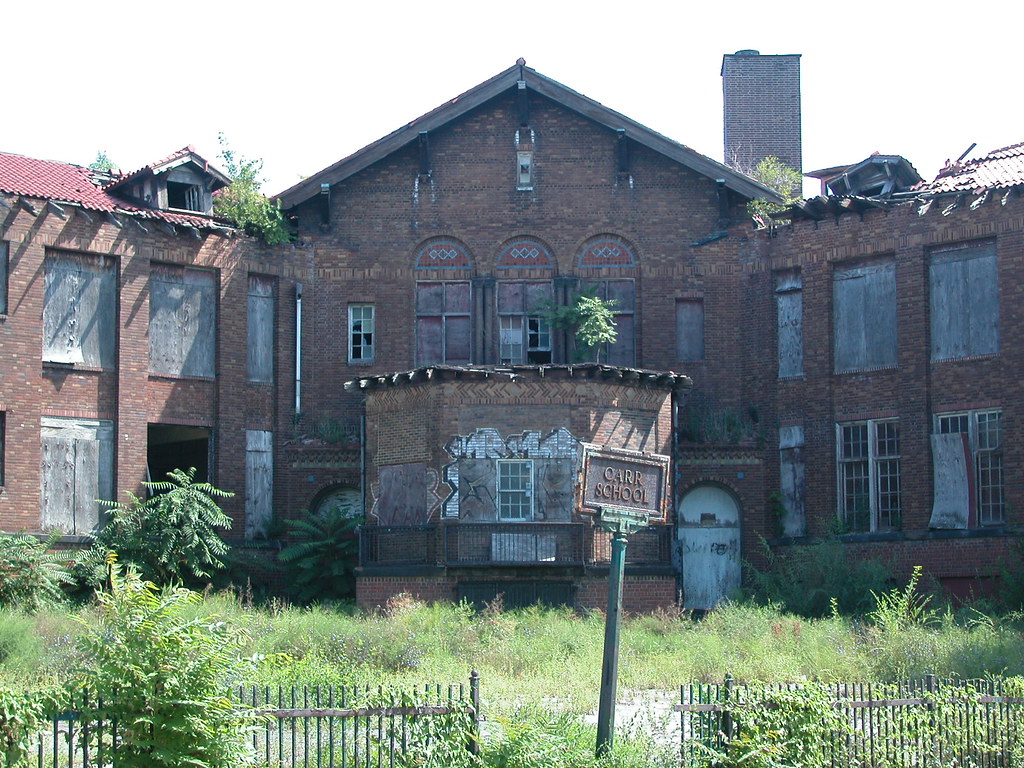by Michael R. Allen
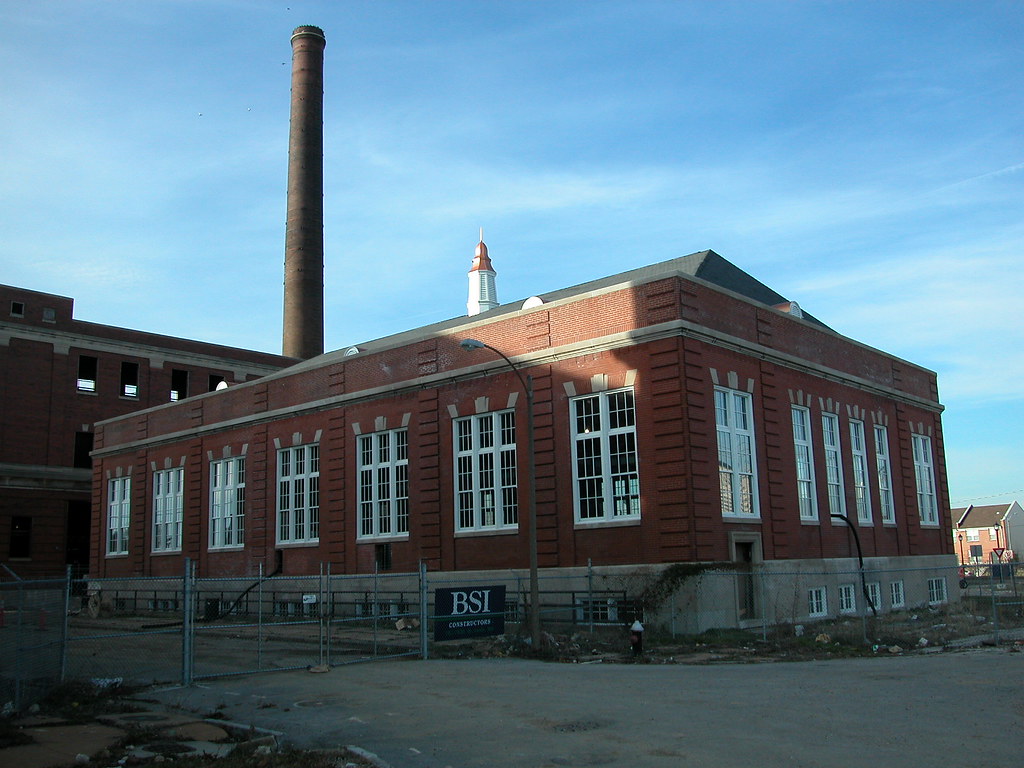 One encouraging recent turn in local development is nearing completion: the start of the second phase of rehabilitation of the remaining buildings at City Hospital. Gilded Age, the developer, has embarked on a $27 million project that involves rehabilitation of the Laundry Building as an event space operated by Butler’s Pantry, construction of a new headquarters for Butler’s Pantry on Park Avenue and renovation of the Power Plant as a restaurant and office building. The Laundry Building is nearing completion, with the exterior sporting a cupola for the first time in decades.
One encouraging recent turn in local development is nearing completion: the start of the second phase of rehabilitation of the remaining buildings at City Hospital. Gilded Age, the developer, has embarked on a $27 million project that involves rehabilitation of the Laundry Building as an event space operated by Butler’s Pantry, construction of a new headquarters for Butler’s Pantry on Park Avenue and renovation of the Power Plant as a restaurant and office building. The Laundry Building is nearing completion, with the exterior sporting a cupola for the first time in decades.
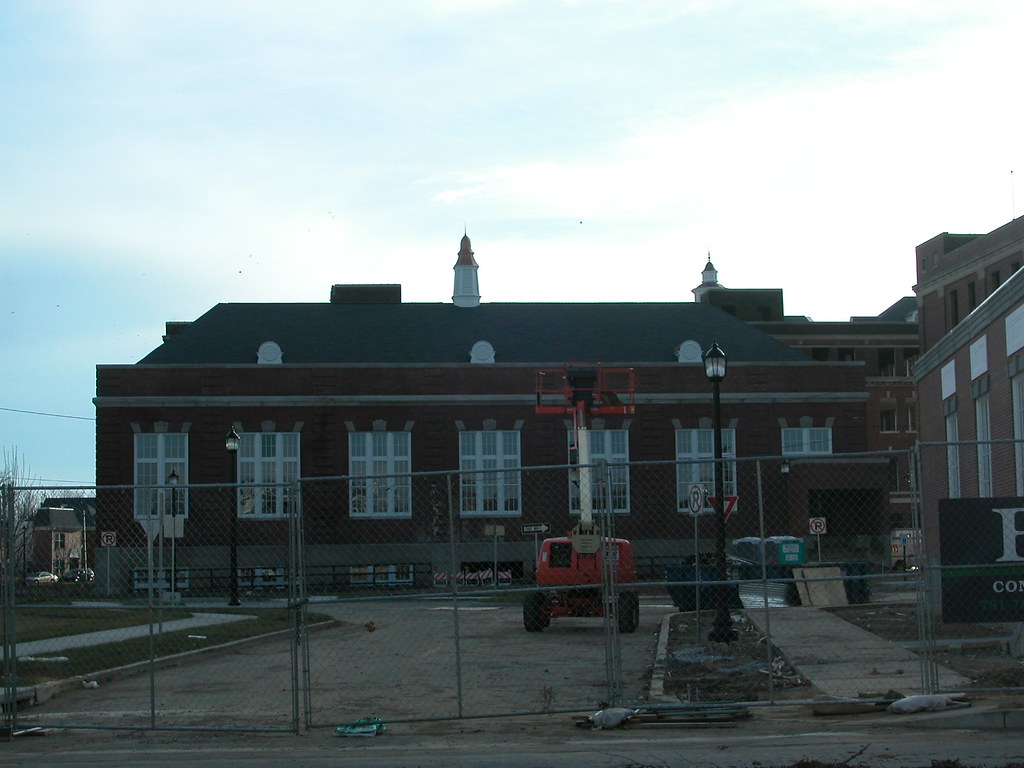 Built in 1939 and designed by Albert Osburg, chief architect for the city’s Board of Public Service, the Laundry Building was once a hub of activity at the municipal hospital. The spacious, tile-walled interior housed a bustling laundry operation that kept thousands of linens used for bedding as well as staff uniforms clean and suitable for a medical environment. This efficient interior was artfully concealed behind a Georgian Revival exterior that referenced the earlier buildings of the hospital.
Built in 1939 and designed by Albert Osburg, chief architect for the city’s Board of Public Service, the Laundry Building was once a hub of activity at the municipal hospital. The spacious, tile-walled interior housed a bustling laundry operation that kept thousands of linens used for bedding as well as staff uniforms clean and suitable for a medical environment. This efficient interior was artfully concealed behind a Georgian Revival exterior that referenced the earlier buildings of the hospital.
The large multi-paned windows, now replicated in aluminum, have always given away the building’s use. Those are industrial windows, made to light a work space. The town homes of Georgian London did not have such prosaic glazing. Here the modern meets the classical, and the Laundry Building melds the two with style. The dormers and cupola on the hipped roof add a welcome note of whimsy. While the hospital complex lost some fine buildings as part of the redevelopment, luckily the utilitarian Laundry and Power Plant buildings were spared. Buildings such as these can be hard to adapt, but when the right use comes along preservation seems completely logical. The Laundry Building will be a wonderful event space, and watching it regain its beauty is very satisfying.

